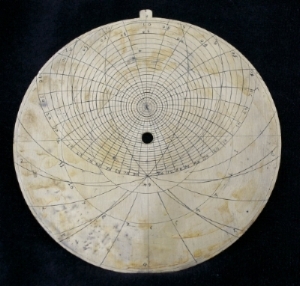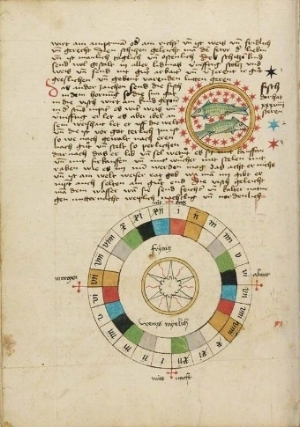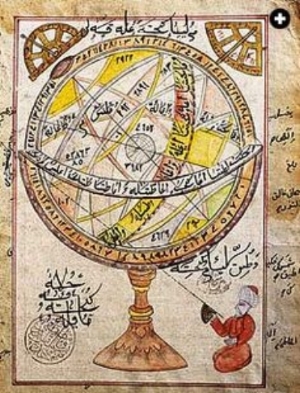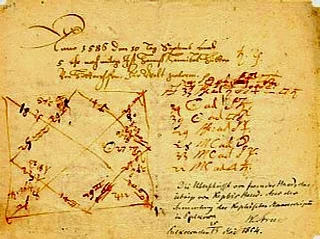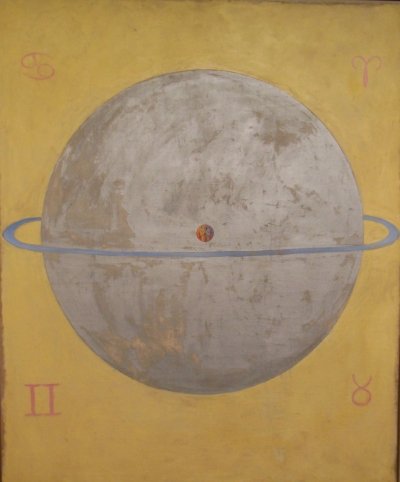The reading of your horoscope
‘The celestial constellations are the original text in which imagination reads what was never written’. (Agamben, Italian philosoher, 2008)
Planets do not have an agenda. They do not want to enact anything. They silently go about to trace their elliptical path, forming ever new configurations. It is we who impute sense. We treat what we see as text, we interpret it with our syntactic and semantic skills, with our hermeneutic savvy. There is no outside reference we can fall back on. There is no author. All we have is the text. And we try to pry it open, to glean a meaning. Minds like Copernicus, Kepler and Galileo were drawn to astrology for that reason and were casting charts. They perceived the harmonics in the constellations, they detected precise analogies to mathematical and musical connotations, and saw correspondences to human affairs.
So the task of the astrologer is to draw out these correspondences, to tie the macrocosm, the cosmos, to the microcosm, our world, to make the connection from the abstract chart to the human experience. It is the task of translation: the planets are represented by mythic figures, and the twelve signs of the zodiac are cast by archetypal symbols. Myth and archetype have their own domain and it is difficult to translate them into concepts. Their meaning oscillates around a core, a primordial force, and it will only open up by thinking in analogy, image tending to be stronger than language, choosing metaphor rather than discourse. There are different ways of engaging with the horoscope.
The chart can be seen as a drama. The planets are the personae dramatis, their positioning in the zodiac show how they are going about to achieve their goal, in friendship or enmity, in an open or sly manner, and their positioning in the geocentric grid will show the areas where conflict and symbiosis will occur.
Or as a narrative. Our lives so far, the memories, the stream of consciousness we experience, the challenges in which we find ourselves embedded, are seen as part of an ongoing story.
Finally, the chart as lyric. Like in poetry, the sense is not grasped by parsing the details but by getting a hold of the whole, wherein everything plays its part. Lyric does not want to tell you what it means. It is inexhaustible. It does not have a ‘message’.
The astrological chart speaks and is silent at the same time. It waits for interpretation, forever eluding a definitive version.
(See also 'Astrology - the art and skill of reading signs’ in the blog ‘Thoughts on astrology’)
